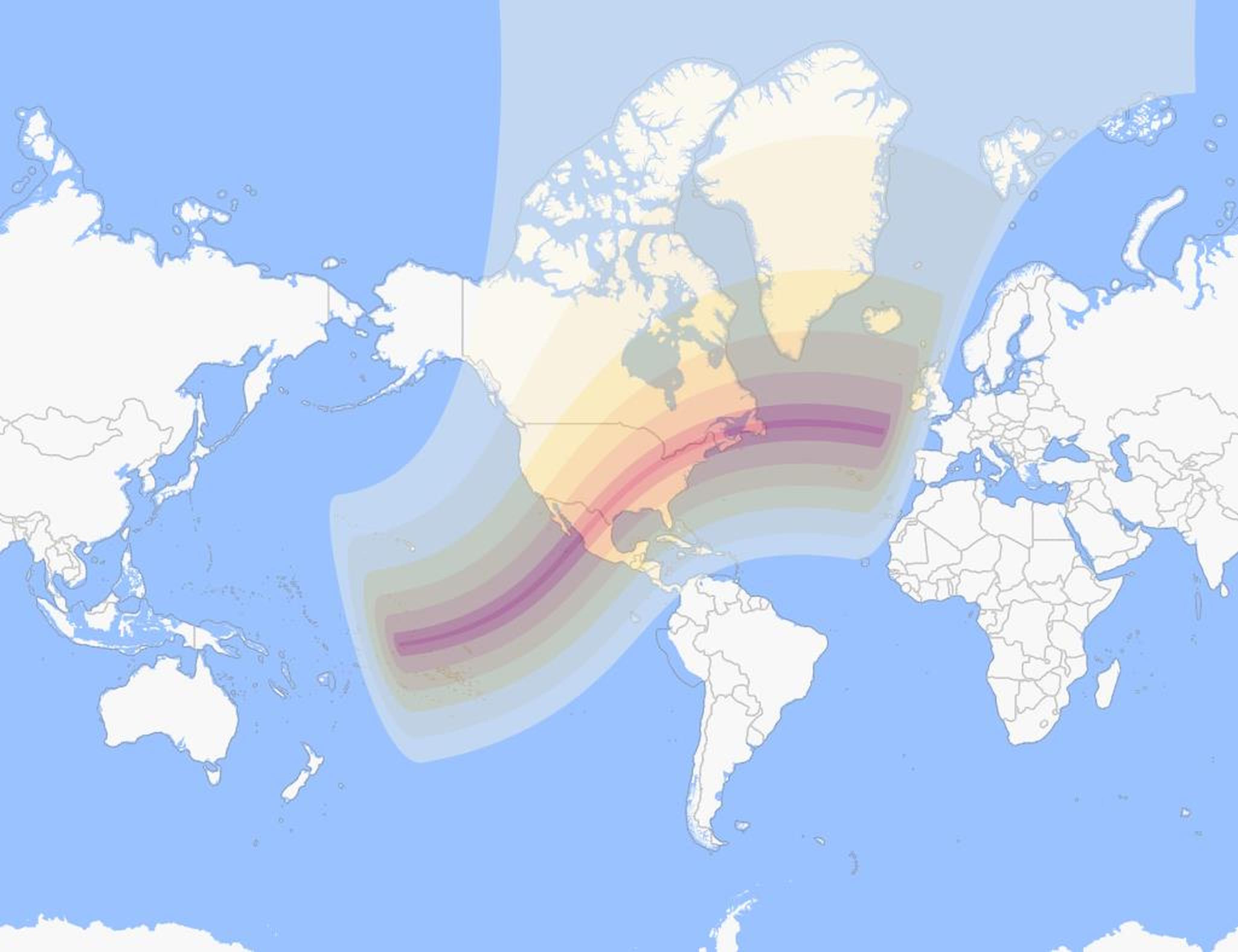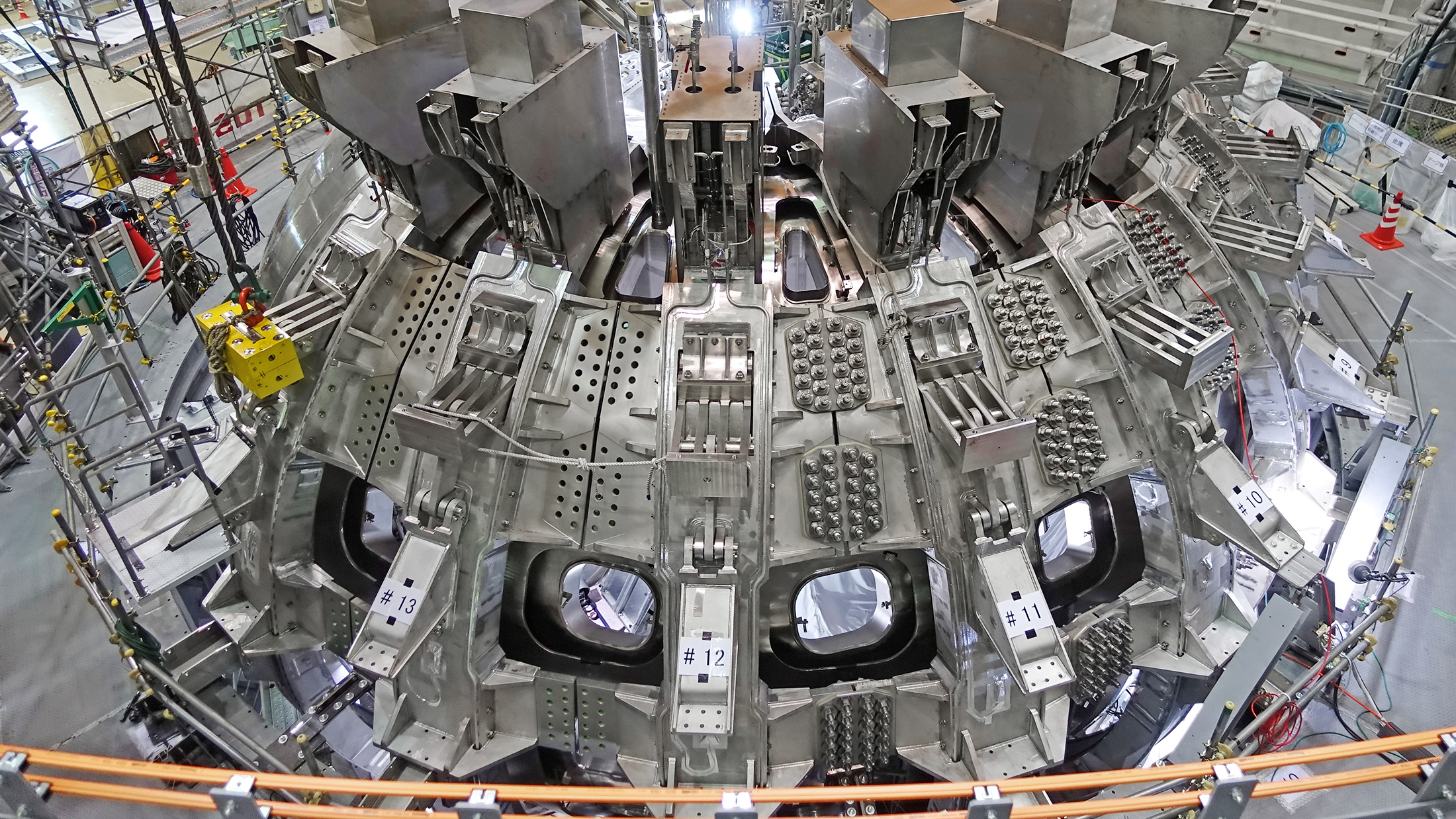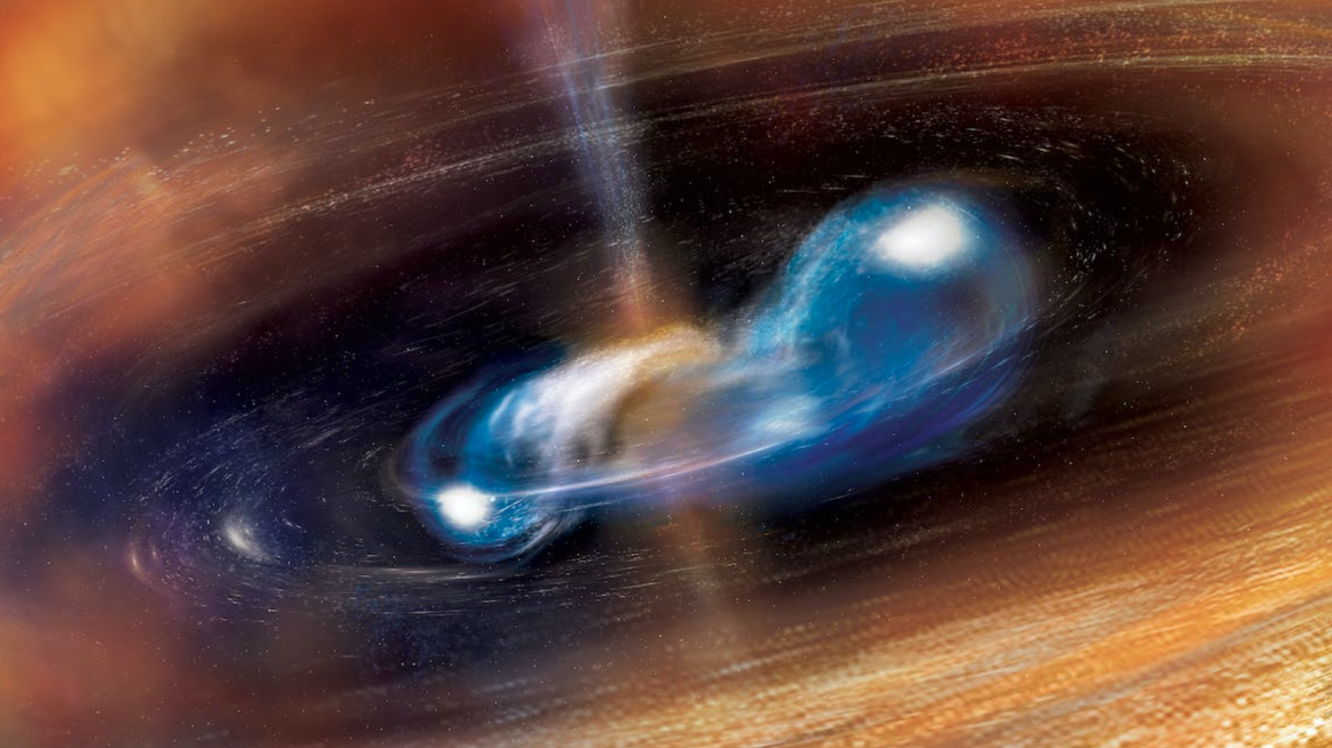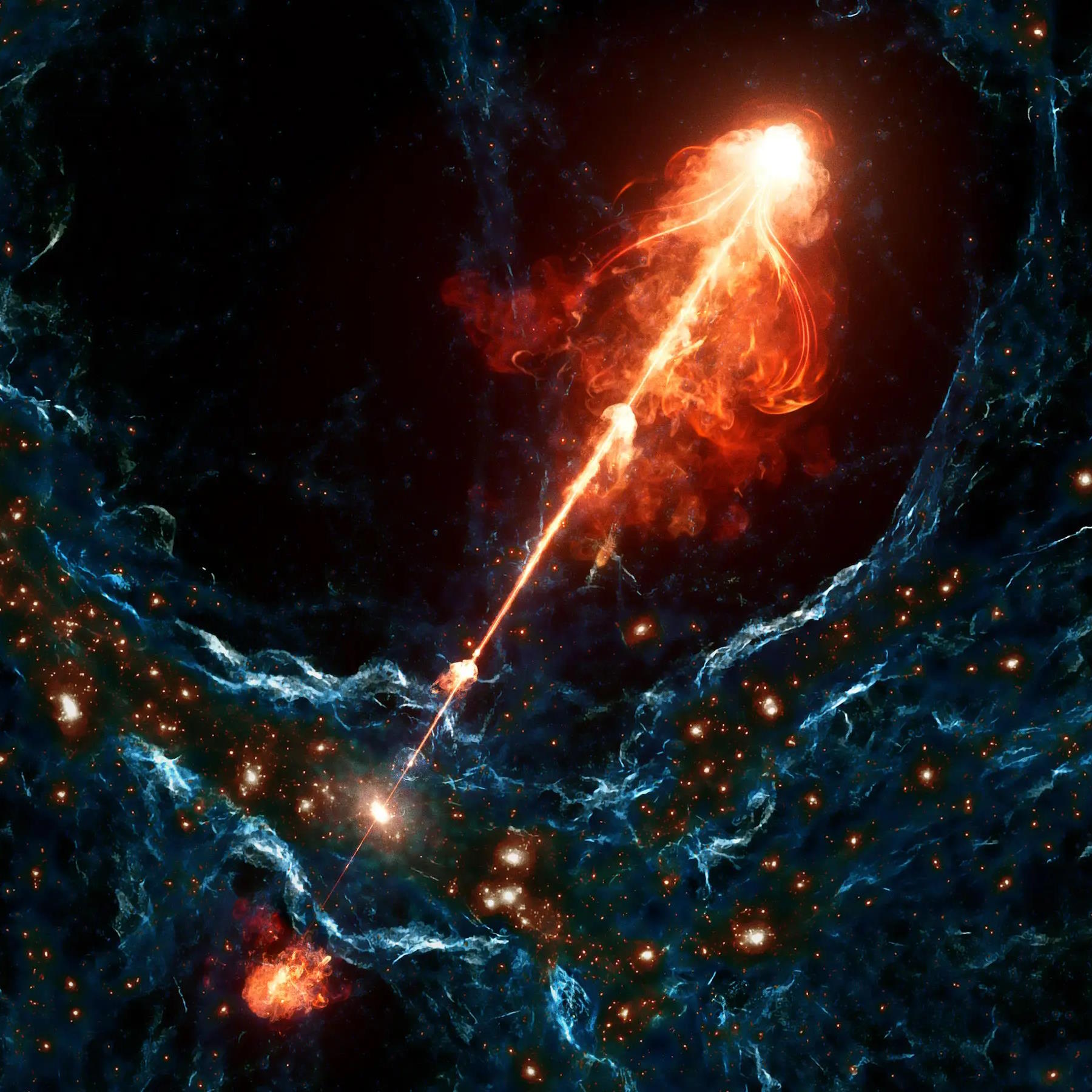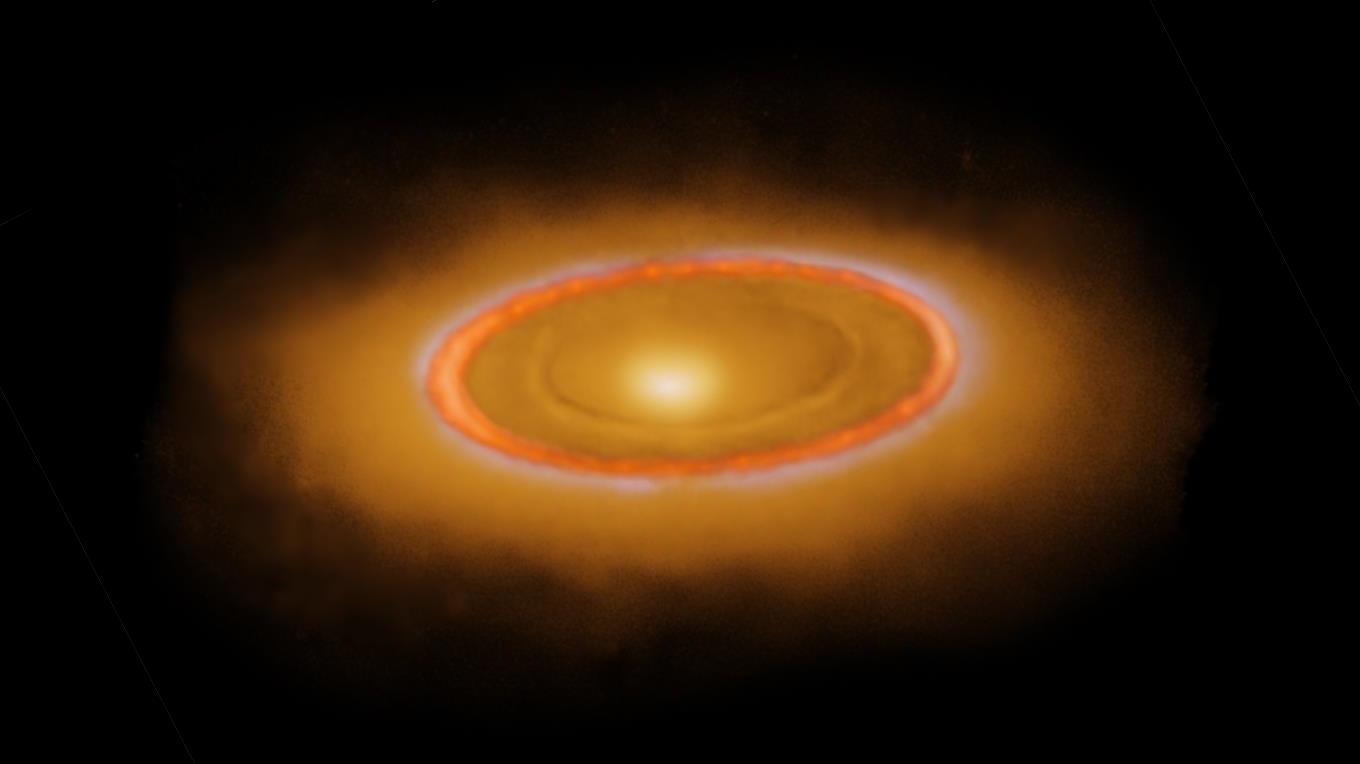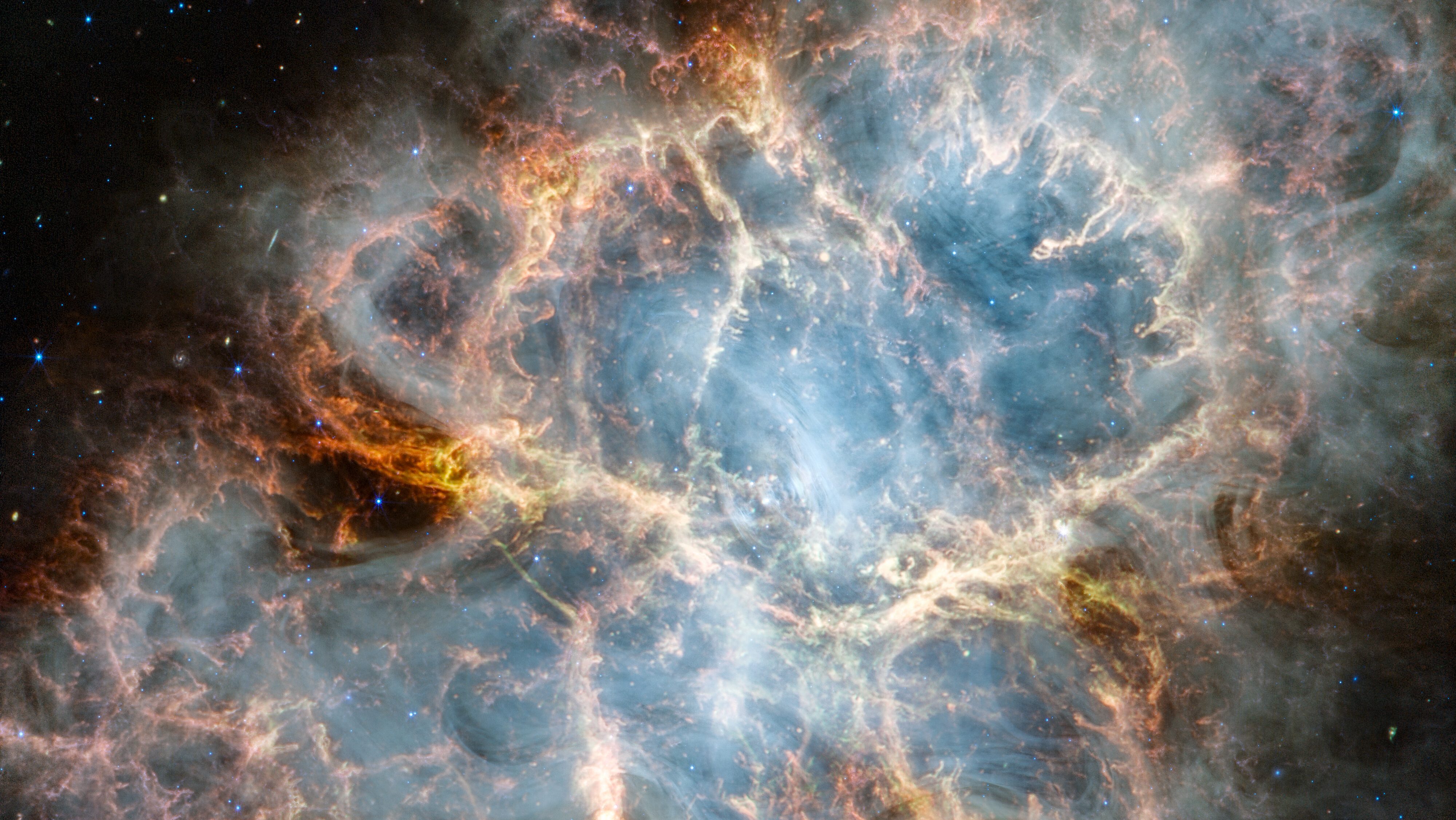Can two planets stably share the same orbit? Conventional wisdom says no, but a look at Saturn’s moons might tell a different story.
Search Results
You searched for: sun
When we look at our Sun, its properties are incredibly constant, varying by merely ~0.1% over time. But all stars don’t play by those rules.
This oddball system of three stars might be our best chance at finding nearby life in the Universe.
Scientists are notoriously resistant to new ideas. Are they falling prey to groupthink? Or are our current theories just that successful?
With the invention of the leap year, the Julian calendar was used worldwide for over 1500 years. Over time, it led only to catastrophe.
Known as hypervelocity stars, we originally thought just one would be ejected every 100,000 years. The real number is much greater.
The next solar eclipse to occur over heavily populated areas is on April 8, 2024. For a spectacular show; here’s where the best views are!
“Hardcore History” host Dan Carlin recently spoke with Big Think about the history of humanity’s drive to create — and whether or not we can control it.
The visible Universe extends 46.1 billion light-years from us, while we’ve probed scales down to as small as ~10^-19 meters.
Most stars in the Universe are located in big, massive, Milky Way-like galaxies. But most galaxies aren’t like ours at all.
Ancient currents seemed to move in concert with a 2.4 million-year dance between the Red Planet and Earth.
The TRAPPIST-1 system is a treasure trove of possibilities and questions. Observations by JWST have just begun.
Our galactic home in the cosmos — the Milky Way — is only one of trillions of galaxies within our Universe. Is one of them truly our “twin?”
There are a few small cosmic details that, if things were just a little different, wouldn’t have allowed our existence to be possible.
On a cosmic scale, our existence seems insignificant and inconsequential. But from another perspective, humans are completely remarkable.
A massive nuclear fusion experiment just hit a major milestone, potentially putting us a little closer to a future of limitless clean energy.
Even with the quantum rules governing the Universe, there are limits to what matter can withstand. Beyond that, black holes are unavoidable.
In just a few seconds, a gamma-ray burst blasts out the same amount of energy that the Sun will radiate throughout its entire life.
Earth wasn’t created until more than 9 billion years after the Big Bang. In some lucky places, life could have arisen almost right away.
Black holes are the most massive individual objects, spanning up to a light-day across. So how do they make jets that affect the cosmic web?
The nearby, bright star Fomalhaut had the first optically imaged planetary candidate. Using JWST’s eyes, astronomers found so much more.
Since the mid-1960s, the CMB has been identified with the Big Bang’s leftover glow. Could any alternative explanations still work?
The odds are slim, but the consequences would be literally world-ending. There really is a chance of a black hole devouring the Earth.
In 1054, a core-collapse supernova occurred 6500 light-years away. In 2023, JWST imaged the remnant, and might solve a massive mystery.
In the 20th century, many options abounded as to our cosmic origins. Today, only the Big Bang survives, thanks to this critical evidence.
Out beyond Neptune are some fascinating bodies left over from our Solar System’s formation. Could one of them truly be spectacular?
The crisis of the Anthropocene challenges our traditional narratives and myths about humanity’s place in the world. Citizen science can help.
There was a lot of hype and a lot of nonsense, but also some profoundly major advances. Here are the biggest ones you may have missed.







